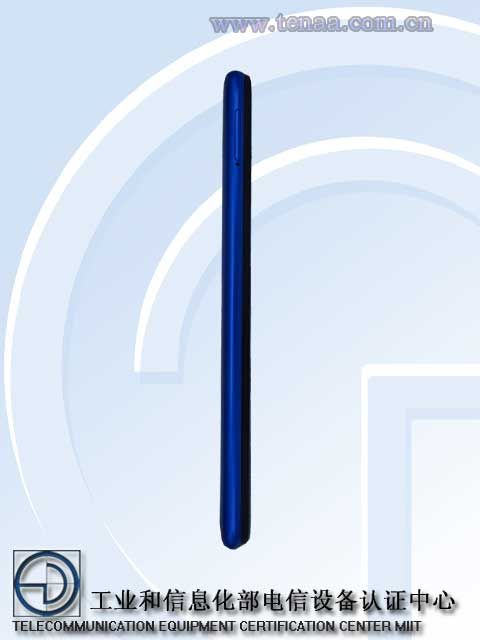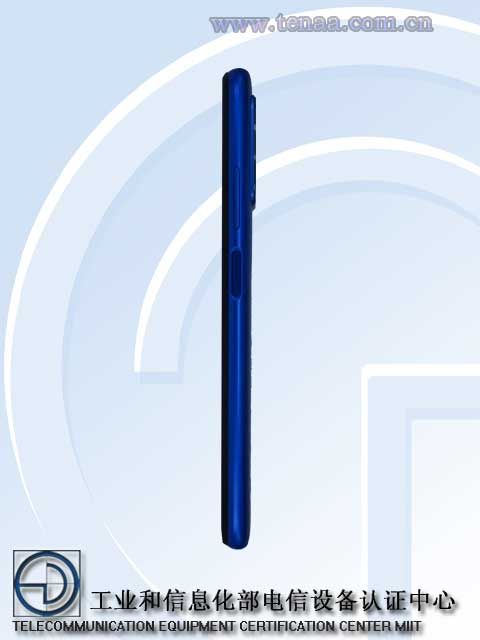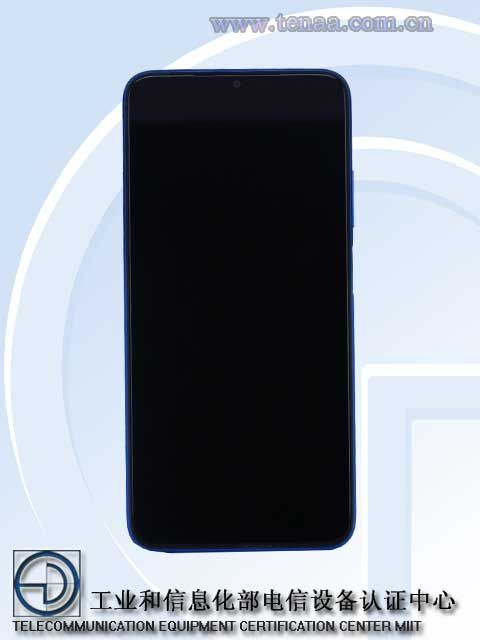Samsung has, over the years, launched a gigantic repertoire of their own in-house services. We have Bixby, which is Samsung’s own AI assistant that’s present in a number of their devices, including smart speakers, smartphones, and even home appliances, And then we also have things like Samsung Knox, a set of security features built into every Samsung smartphone and wearable. But one feature that doesn’t get the credit it deserves is Samsung Pay, Samsung’s own platform for payments which, as it turns out, is way more flexible than counterparts such as Google Pay and Apple Pay. But what exactly is Samsung Pay, and how does it stand out from the pack?
Well, you’ve come to the right place. In this article, we’re going to do a rundown on what exactly is Samsung Pay, and how it’s better than its alternatives.
Navigate this guide:
What is Samsung Pay, and how does it work?
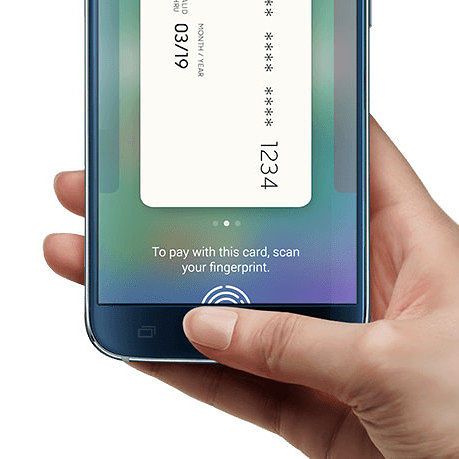
Samsung Pay is a payment service and digital wallet developed by Samsung that lets Samsung users make payments using their Samsung devices. and it’s compatible with several Samsung phones and smartwatches. It was first launched in South Korea on August 20, 2015, and then rolled out to the United States on September 28th of that same year. It was first compatible with the company’s flagships at the time, which were the Samsung Galaxy S6 series and the Samsung Galaxy Note 5, and support then rolled out to other smartphones, both flagship and mid-range, as well as smartwatches and even the newest foldable smartphones launched by Samsung.
The service allows users to make contactless payments, but unlike other competing services, Samsung Pay supports both NFC payments as well as MST for magnetic stripe-only payment terminals. In countries like India, it also adds in support for the local payment systems such as UPI and allows for paying bills right from the app.
Is Samsung Pay safe?

Yes, Samsung Pay is safe. It leverages Samsung’s Knox security suite, which is built into all smartphones and smartwatches that support the service, and also makes use of ARM TrustZone for hardware-enforced isolation at the CPU level, further protecting transactions from external attacks. No card details are stored either at Samsung’s servers or the device itself.
The service makes use of tokenization like other platforms such as Apple Pay: a number or token is created that replaces your card details, which is stored in a secure chip within your device and is passed to the retailer or merchant once a transaction is initialized so the retailer in question never has access to your actual credit card details. Rest assured, your information is safe within your phone.
Is Samsung Pay better than Apple Pay or Google Pay?

It’s better in terms of overall support. It not only supports NFC but also supports MST with several devices. MST, or magnetic secure transmission, allows users to make contactless payments using terminals that don’t support NFC payments and otherwise only support magnetic stripe cards. MST emulates the swipe of the magnetic strip in a credit or debit card past a reader by generating the near-field magnetic waveform directly from the device. The contactless payment is detected by the point-of-sale as a regular, classic card with a magnetic stripe, and the transaction goes forward. Because of this, Samsung Pay can be used to pay in almost any place with a regular point-of-sale as long as it either supports NFC contactless payments or swiping cards.
It falls short in terms of devices supported, though, as it’s only supported on Samsung phones. Apple Pay, just like Samsung Pay, is exclusive to Apple’s own ecosystem. By contrast, services like Google Pay are available in almost any Android smartphone out there. MST makes this payment service from Samsung a very capable competitor, as it allows you to pay pretty much anywhere and everywhere that a card can be used.
How do I set up Samsung Pay?

First up, you need a Samsung device with support for Samsung Pay. If it’s a recent device, then it’ll most likely support it. From there, look for the “Samsung Pay” icon on your home screen and do the following:
- Tap Sign In (located in the lower-right) to sign in to your Samsung account. Have in mind that you’ll need a Samsung account for this, so if you don’t have one already, do so by tapping Sign Up.
- Review the Terms of Service, then tap Agree To All.
- If you want to use your fingerprint, tap Use Fingerprint and then follow the onscreen instructions. Alternatively, tap Skip and use Samsung Pay PIN to set up the PIN verification method.
- Enter a backup password, then tap Continue.
- Re-enter the password, then tap OK.
- If preferred, tap OK to use your fingerprint to unlock the device.
- Once the setup is complete, you can add your credit or debit card.
Can you use it in stores and online?

As we said before, you can pay in stores using Samsung Pay with either regular, old-fashion contactless payments through NFC as well as MST for any point-of-sale with a magnetic card reader. This makes it compatible with roughly 90% of terminals, retailers, and stores in the USA. And the fact that it supports several security features such as tokenization means that you won’t have to fear having your card information stolen.
Unfortunately, though, Samsung Pay is not available as an option for most online purchases. It’s available in Samsung’s own suite of apps, as well as a reduced number of third-party ones, of which ExxonMobil’s SpeedPass+ is the most notable one, but you can’t expect to pay for stuff using S Pay as you do with PayPal or even Google Pay for that matter.
How much can I spend using Samsung Pay?
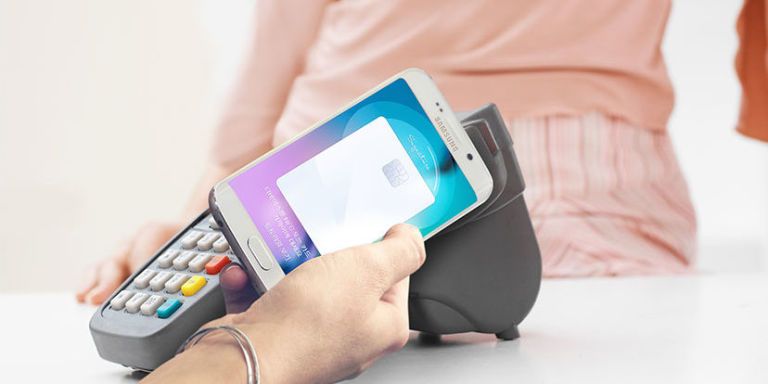
Samsung Pay doesn’t impose any spending limits itself, and you can spend how much or how little you want as this app service only serves as an intermediary between your card provider and the merchant. Limits may, however, be imposed by your bank or card provider, and will mostly be the same limits your actual, physical card is subjected to. For information on limits, you’ll need to check with your bank or card provider.
Some retailers might also limit the amount of money you can spend with these app services on a single purchase. You might also need to check this with your retailer of choice before using Samsung Pay at one of their locations.
Which Countries is it available in?

Samsung Pay is supported in the following countries:
- Europe
- France
- Italy
- Spain
- Switzerland
- United Kingdom
- Sweden
- Russia
- Americas
- United States
- Canada
- Mexico
- Puerto Rico
- Brazil
- Asia/Pacific Region
- Australia
- China
- Hong Kong
- India
- Malaysia
- Singapore
- South Korea
- Taiwan
- Thailand
- Vietnam
- Africa/Middle Eastern region
- South Africa
- United Arab Emirates
Which Banks support it?

Samsung Pay is supported by a handful of banks in every country it’s supported. In the United States, for example, you can expect to use this service in most major banks, such as Bank of America, Capital One, Chase, Citibank, TD Bank, and Wells Fargo. You can also use it on smaller, community banks as well. In the United Kingdom, it’s supported by Danske Bank, Engage, First Direct, and HSBC, among others.
If you’re in the U.S, you can check out the full list of banks supported by Samsung Pay here.
The post Everything you need to know about Samsung Pay in 2020 appeared first on xda-developers.
from xda-developers https://ift.tt/3lro8tS
via
IFTTT






